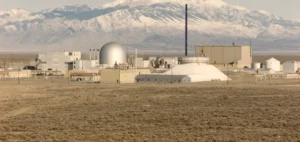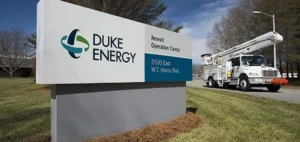Olkiluoto 3 is experiencing damage to the water supply pumps of the Finnish nuclear reactor during maintenance. This work will likely delay the commissioning of the plant and the start of regular production.
Russian exports at a standstill
Olkiluoto 3 is expected to provide reliable electricity during the coming winter. Indeed, the national network operator TVO warns of possible power cuts. Thus, this damage is a setback for Finland.
Electricity imports from Russia to Finland have been halted since May. The Russian company Inter RAO states that Finland does not pay the sold electricity bills. Thus, this situation greatly increases Finland’s need for production from Olkiluoto 3.
A significant delay
The Finnish nuclear reactor Olkiluoto 3 has been under construction since 2005. It was initially scheduled to go into service in 2009, but had several technical incidents. These lead to costly delays and a long legal battle.
TVO states that the latest problem is with the pumps on the turbine island. Specifically, in the heart of power generation, where the steam generators pump water from the feedwater reservoir. This damage will affect the scheduled start-up of the reactor, but the duration of the delay is unknown.






















